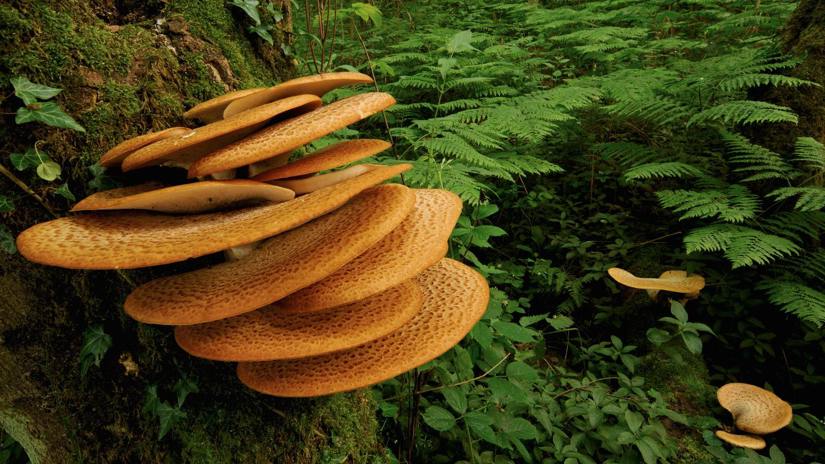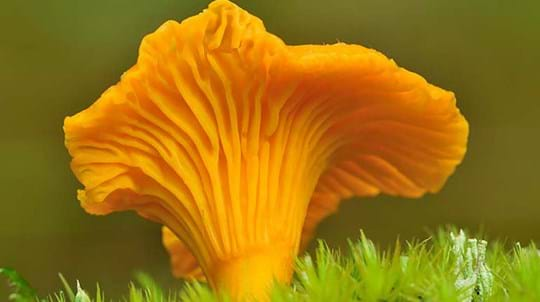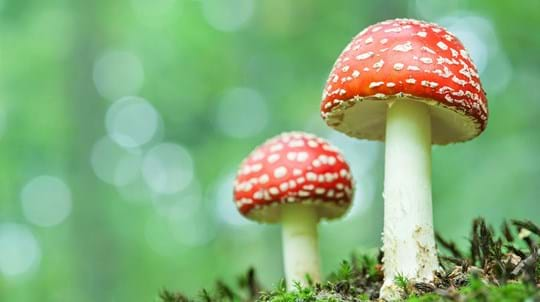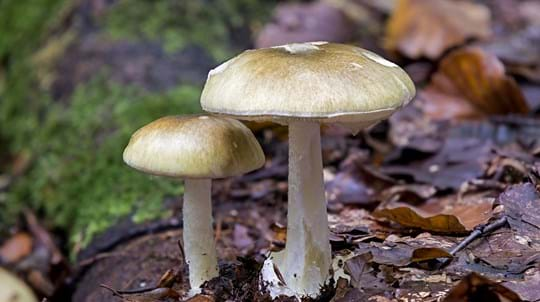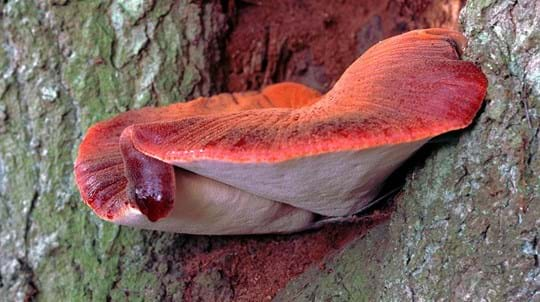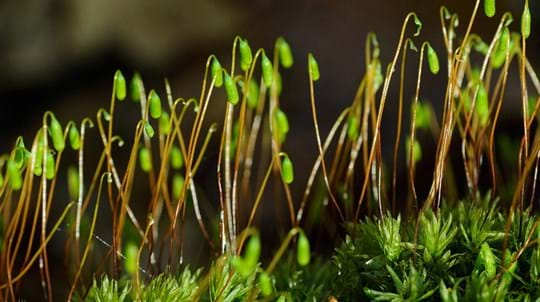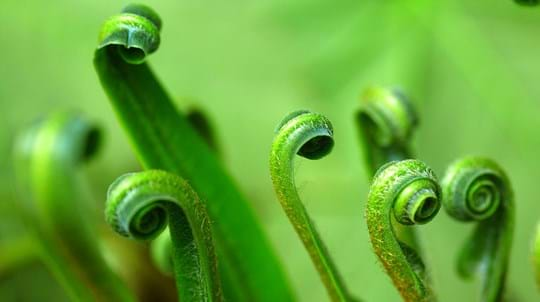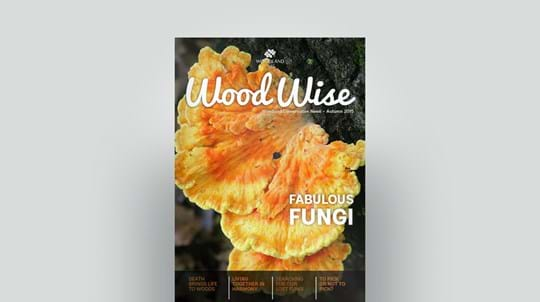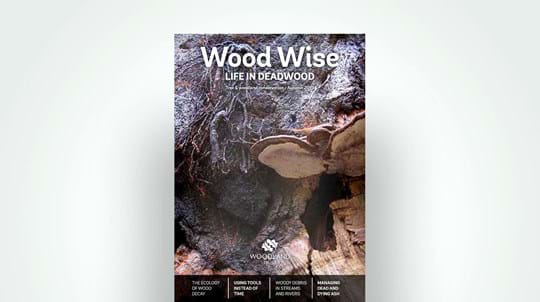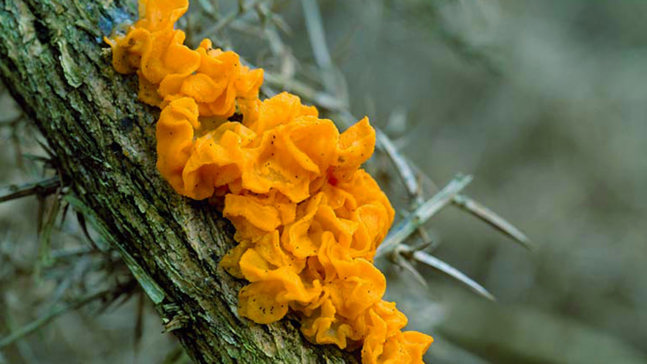
Credit: Laurie Campbell / WTML
Where to find yellow brain fungus
Yellow brain fungus can be found throughout the UK and Ireland. It’s also been recorded in temperate regions in America, Asia and Australia. The best place to see it is on fallen branches of deciduous trees, gorse and other dead wood in woodland.



